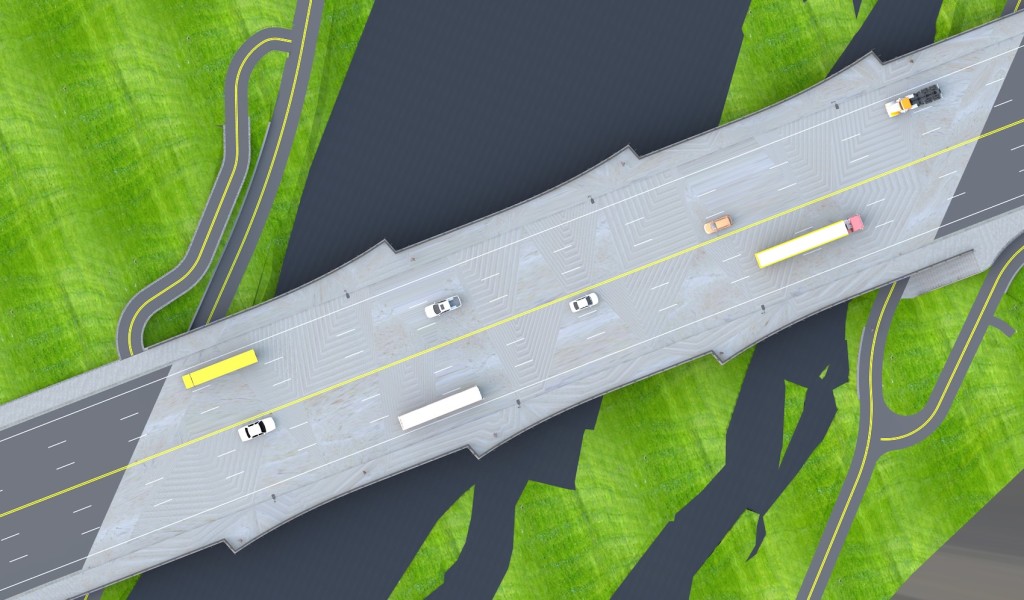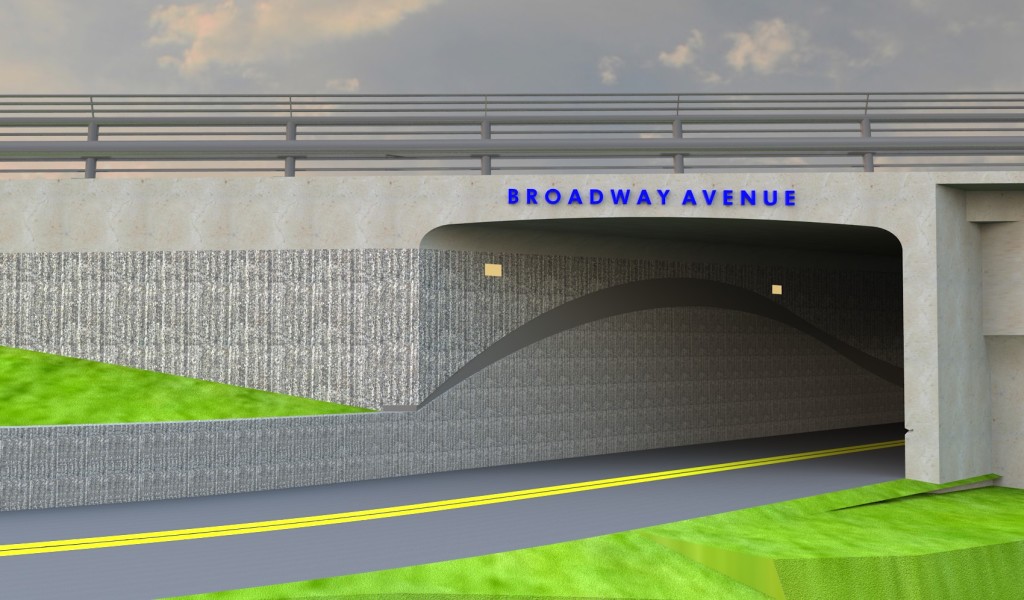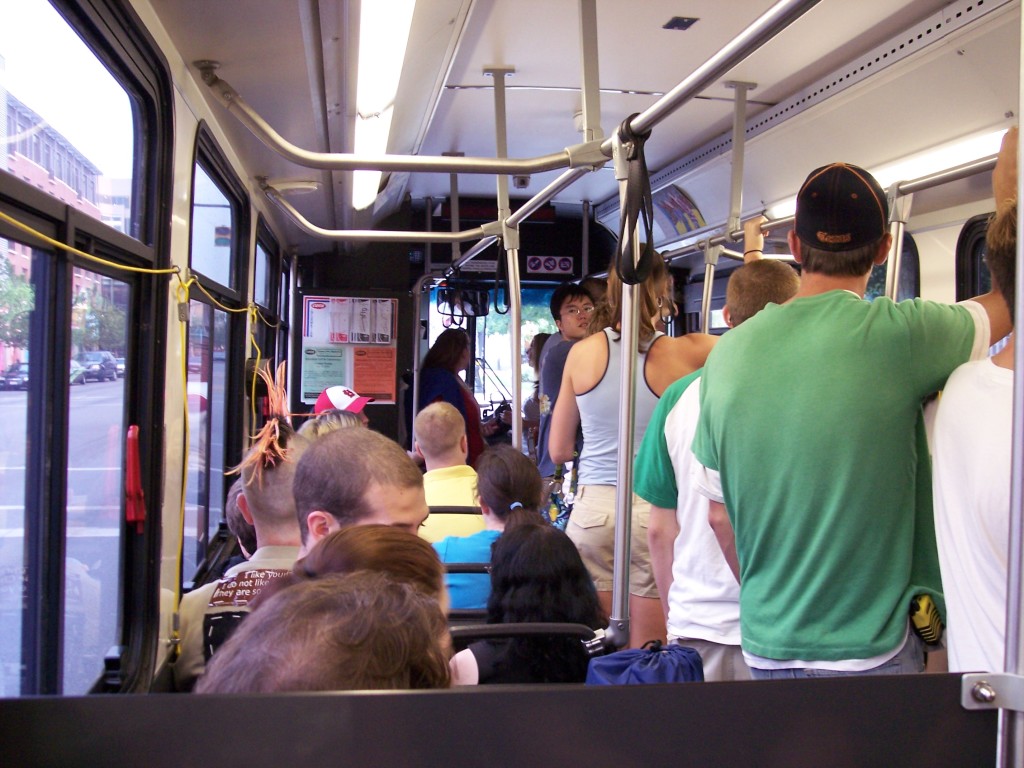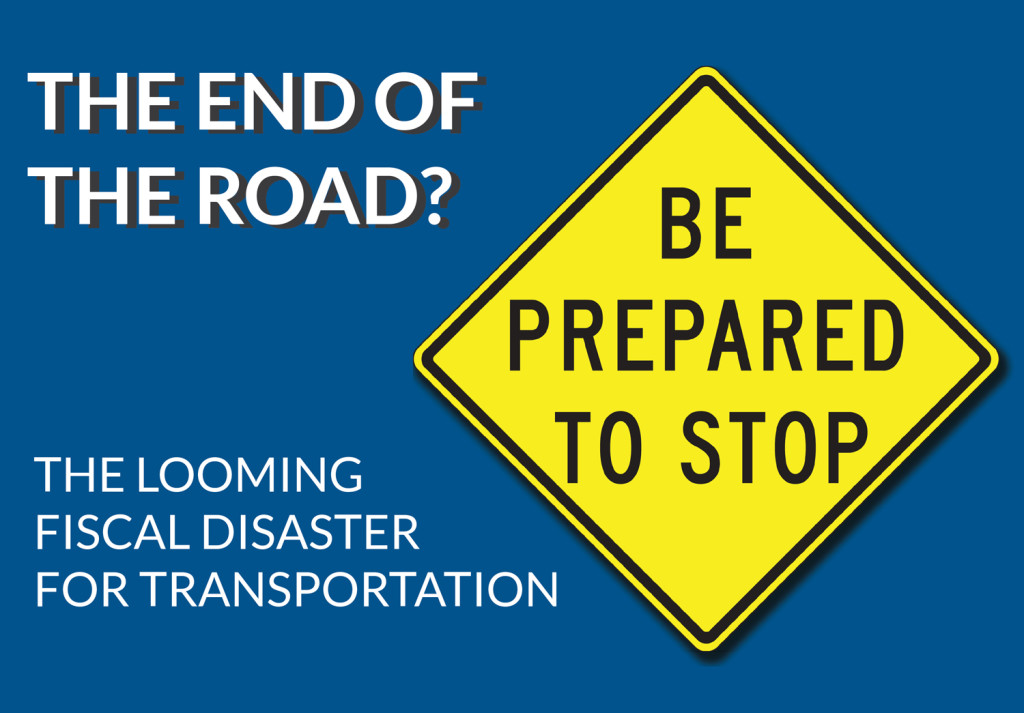
Crucial transportation projects could be halted if Congress fails to act

Barring congressional action, the nation’s transportation fund will be insolvent later this year and the federal government will be unable to commit to funding any new transportation projects next year. This would have significant impacts on projects that have been planned years in advance across the country.
As the report we released this morning makes abundantly clear, starting this fall, every dollar of gas tax revenues collected will be needed to cover the federal share of projects already promised to states, regions, and transit agencies. That means no new projects with a significant federal share will be able to get underway in the new fiscal year, which begins this October.
What does that really mean for projects around the country? We asked around to a few of the many elected officials and business/civic leaders we’ve been talking to over the last couple of years and found a few specific examples of the types of projects that would stop in their tracks in FY2015 if Congress does nothing to rescue the nation’s transportation fund.
Bridge out ahead – Boise, Idaho
The Broadway Bridge in downtown Boise (pictured below) has the lowest structural rating of any bridge in the state of Idaho. (Deficient bridges are something we know a thing or two about around here.)
On game days at Boise State University right on the south side of the Boise River from downtown, thousands of people crowd the narrow 4-foot sidewalks to cross the critical choke point for traffic in the area on their way to and from the famous blue turf. Given its degraded and deficient condition, the bridge could require weight restrictions or closure at any time — one of the perils of continuing to operate a deficient bridge that’s past its recommended lifespan.
The Broadway Bridge replacement, scheduled for 2015, is one of just a few new construction projects in a state transportation plan dedicated almost entirely to maintaining existing roads.
The Idaho Transportation Department is partnering with the city of Boise on the design to ensure the new bridge serves the needs of city residents and will enhance the neighborhood — as well as the needs for regional connectivity on an important artery through the city. Sidewalks will be expanded to 10 feet and bicycle lanes will be added on the bridge and adjoining sections of Broadway Avenue and there will be new connections to the Greenbelt, a regional recreational trail that passes under the bridge.


Because the insolvency of the trust fund would mean that no new transportation projects with a federal share could break ground in FY2015, the much-needed Broadway Bridge project would come to a halt.
Columbus, Ohio: Waiting on the bus
Columbus, Ohio, home to a major university and Ohio’s state government, is a growing region with a projected 22 percent growth in transit ridership this decade.
To accommodate the growing demand, the Central Ohio Transit Authority has been planning to add 29 new buses to its fleet in 2015, replacing some of its dilapidated buses and adding 12 buses to the peak-time fleet. New buses are critical to get residents across the region to work.
Residents in the region support their community’s transit service through a voter-approved local sales tax and the agency is using primarily local funds to rehab a garage to service the new buses. But the agency is counting on the expected federal matching funds to purchase the new buses that they need to meet their needs. In addition to adding service on existing routes, COTA is planning the region’s first bus rapid transit corridor on Cleveland Avenue.
—
Those are just two of the many stories we’ve heard of important projects that would come to a stop if Congress fails to rescue the nation’s transportation fund.
But they need to do more than just save the transportation fund. The local leaders we’ve been speaking with have made it clear that if Congress wants support for raising more revenue for transportation, they need to give these folks at the local level more reasons to believe that it will be to their benefit.
Last week we released a policy road map showing how we can resuscitate and reinvigorate the program in exciting ways, so that it better suits the needs of people in the communities where they live. That’s a great place to start.
—-
Download the Report Visit the Report Home




